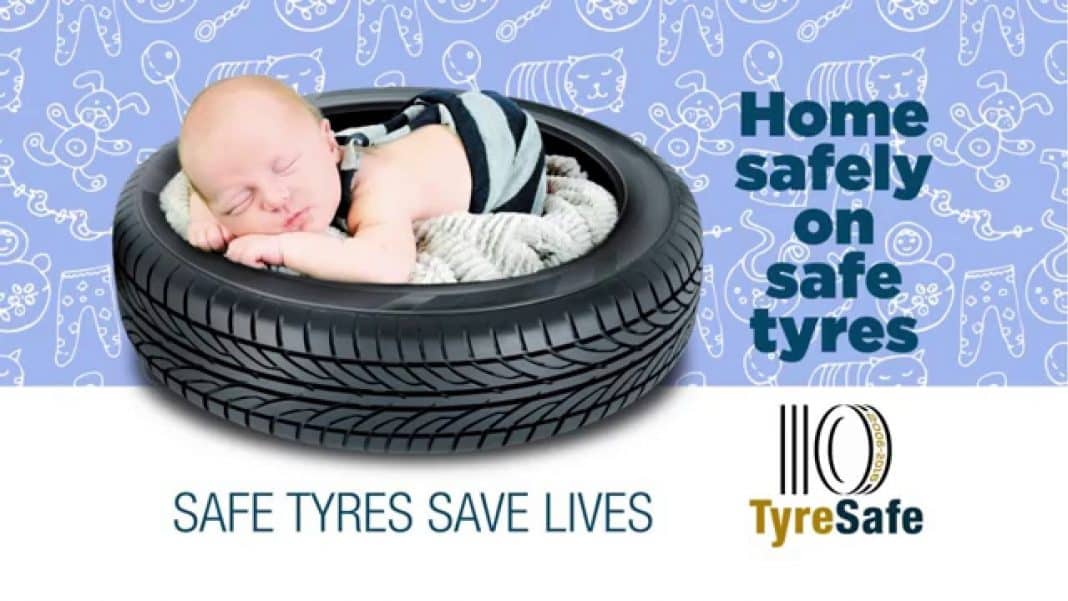All vehicles will have to undergo the ITV inspection at some point. For cars that are more than ten years old, the revision is annual and if the vehicle is more than four years old, it will be done every two years.
In this exam, the technicians test all technical conditions of the vehicle for its proper operation on the road.
Checking the tyres forms a crucial part of that inspection, where most of the defects are considered serious, and can therefore prevent a pass during the ITV.
Tyre defects that prevent passing the ITV
The first issue that the ITV technician will look at is that the tyres are approved and are compatible with the vehicle’s technical card.
This document indicates the appropriate requirements for each vehicle as well as the models that are approved.
On the same axle, all tires must be the same: same brand, model, dimensions, and type.
Likewise, it is important that the load and speed index of the tires are equal to or greater than those of the homologation of our car, otherwise, the result of the ITV will be unfavourable.
– Speed and load index: The first indicator refers to the maximum speed supported by the tyre, while the second is the weight limit that it is capable of supporting. The lowest value of any of the tyres included in the ITV card is taken as reference.
– Measurements: Important factor to maintain the dynamics and driving of the car as it has been designed from the factory. For this reason, from the ITV a maximum distortion of +/-3% is accepted in the measurements in the total diameter of the tyre.
1.6mm deep tread
Technicians strictly monitor tyre tread wear. The grooves must have a minimum depth of 1.6 mm. If the wear is higher, the result of the ITV will be unfavourable and we will only be authorised to circulate to the workshop. A traffic officer can fine you if the tires have this defect.
Visual tyre check
In addition, other elements of the tyres will be checked visually to rule out deformations or breaks, that there are no exposed cables or that the rubber does not interfere with other parts of the vehicle.
List of faults when passing the ITV
– Tyre is without approval mark: serious defect.
– Measurements, speed index or load does not coincide with those included in the vehicle type approval or with their equivalents: serious defect.
– Different model tyres mounted on the same axle: serious defect.
– Wrong mounting of the tyre: serious defect.
– Depth of the main tread grooves less than 1.6 mm: serious defect.
– Unauthorised sculpting: serious defect.
– Irregular and excessive wear on the tread: serious defect.
– Defects in the condition of the tyre: blisters, abnormal deformations, breaks,…: serious defect. If there is danger of bursting, the defect is very serious.
– Exposed cables, cracks or signs of breakage of the casing: very serious defect.
– Incompatibility of the tyre with the rim: serious defect.
– No maximum speed warning label: minor defect.
– Interference of the tyre with other parts of the vehicle: serious defect.
– The air pressure control system works incorrectly or does not work: minor defect.
It is always a good idea to check your tyres regularly. Making sure they are properly inflated, show no signs of damage, and the tread depth is sufficient. Tyres are one of the main safety features of a vehicle, though they are often neglected. It is because of their importance that the ITV inspection pays such close attention to them.





